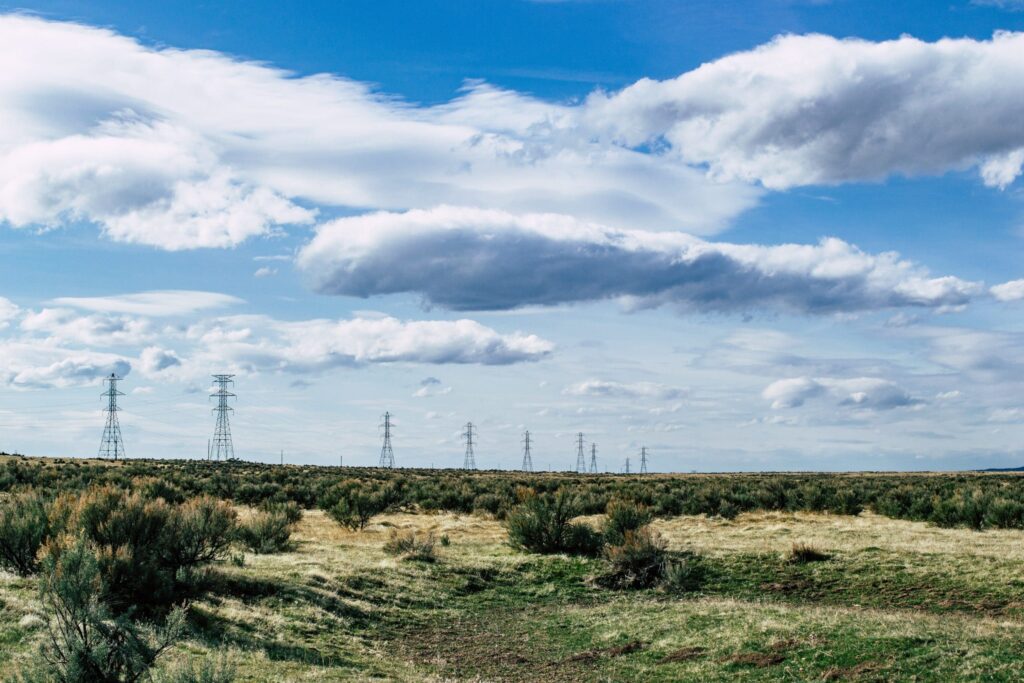Case Study: Transmission Design
Introduction
A large Australian utility needed to build a new 500 kV transmission line in order to unlock nearly 3,000 MW of renewable energy on a tight timeframe.

The Challenge
The area between the existing network and the renewable energy zone (“REZ”) stretched >350 km meaning that the new line would need to traverse complex terrain. The design engineers needed to prove that the design would fulfill stringent clearance and easement regulations, comply with strict derating factors to ensure the structural integrity of towers, components, and cables.
The team needed flexibility to experiment with span length, a key project cost variable to ensure the total project cost fell within budget. Final design plans were due in 4 weeks and otherwise would be subject to up to an extra 12 months of review time.
The Solution
The design team used Neara’s technology to complete transmission planning, design, and drawings in less than 2 weeks, compared to the 4 week timeline.
Digitized design tools allowed the team to simulate different routes and surface potential roadblocks in a flexible digital environment, allowing them to explore mitigants before objections could threaten to stall the project in real-time.
Easy-to-understand design visualization dashboards minimized stakeholder friction and accelerated project construction. The designs were completed 85% faster in Neara vs other tools.
Explore our Transmission Design Optimization tools.